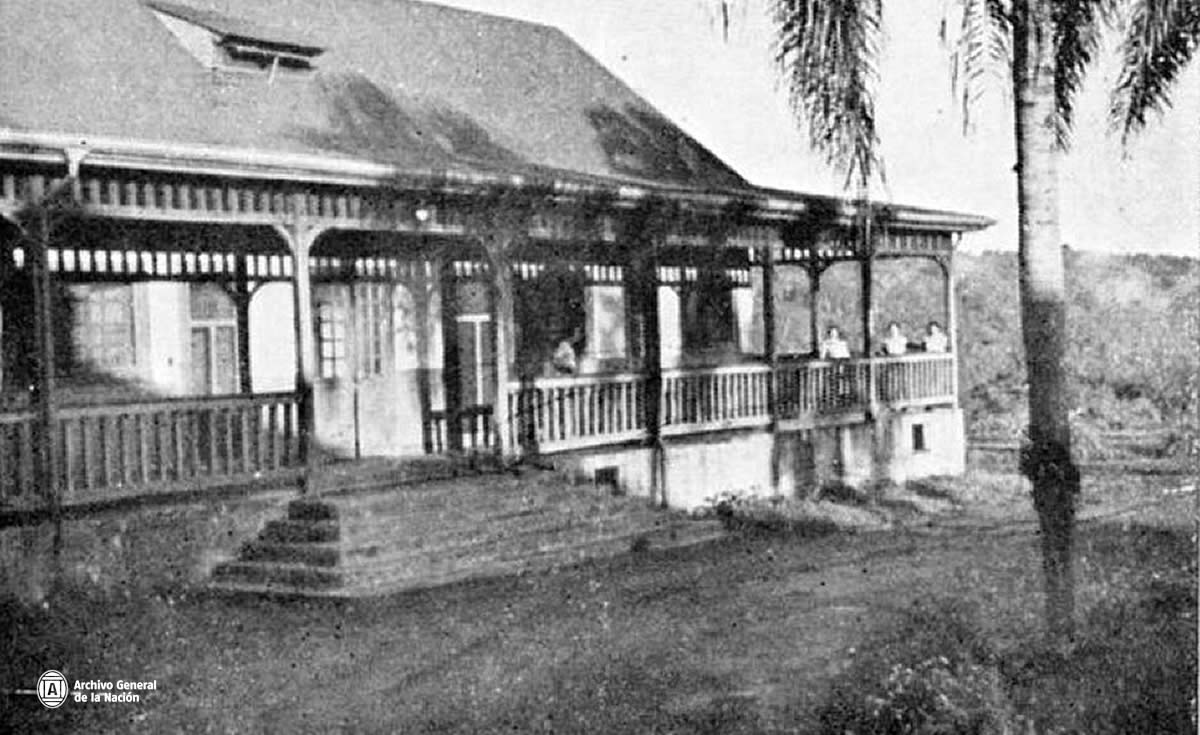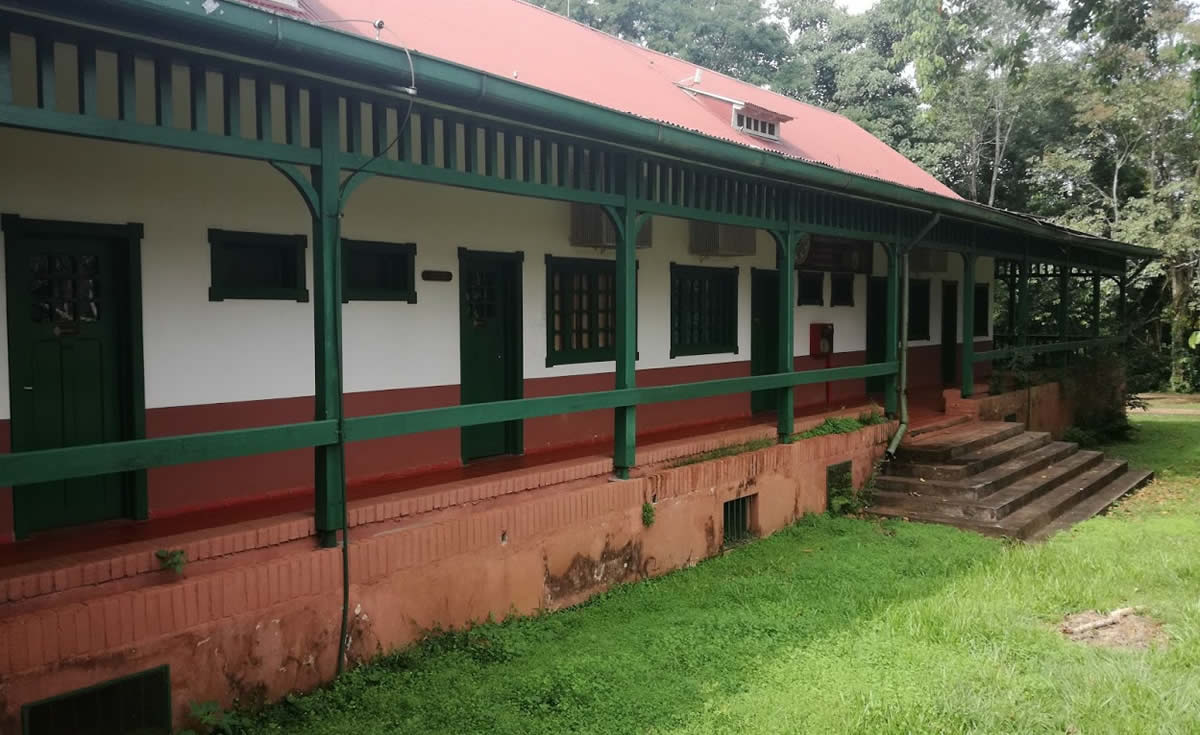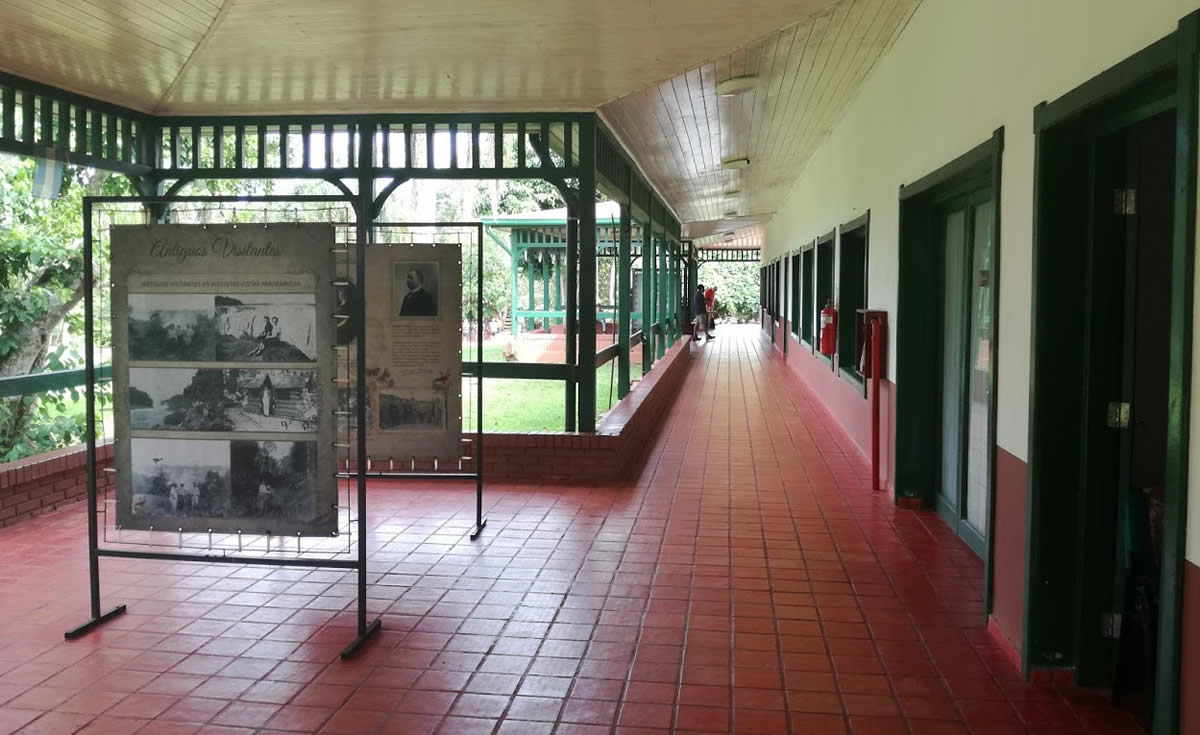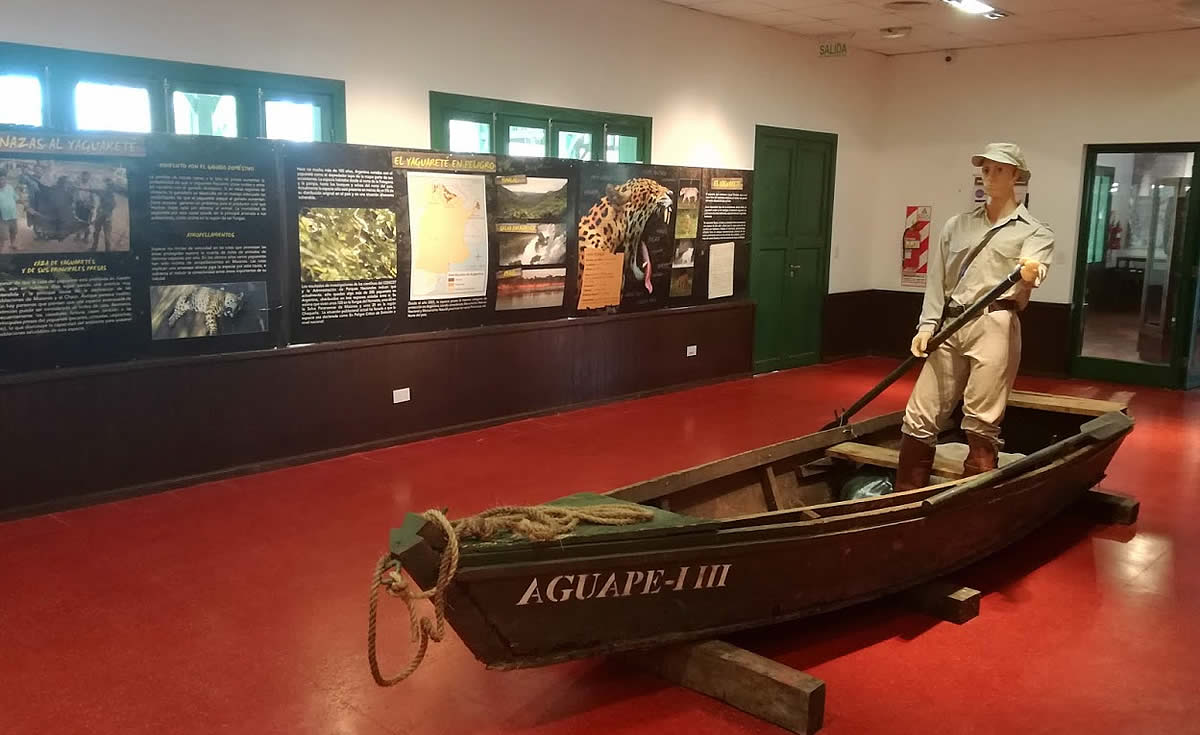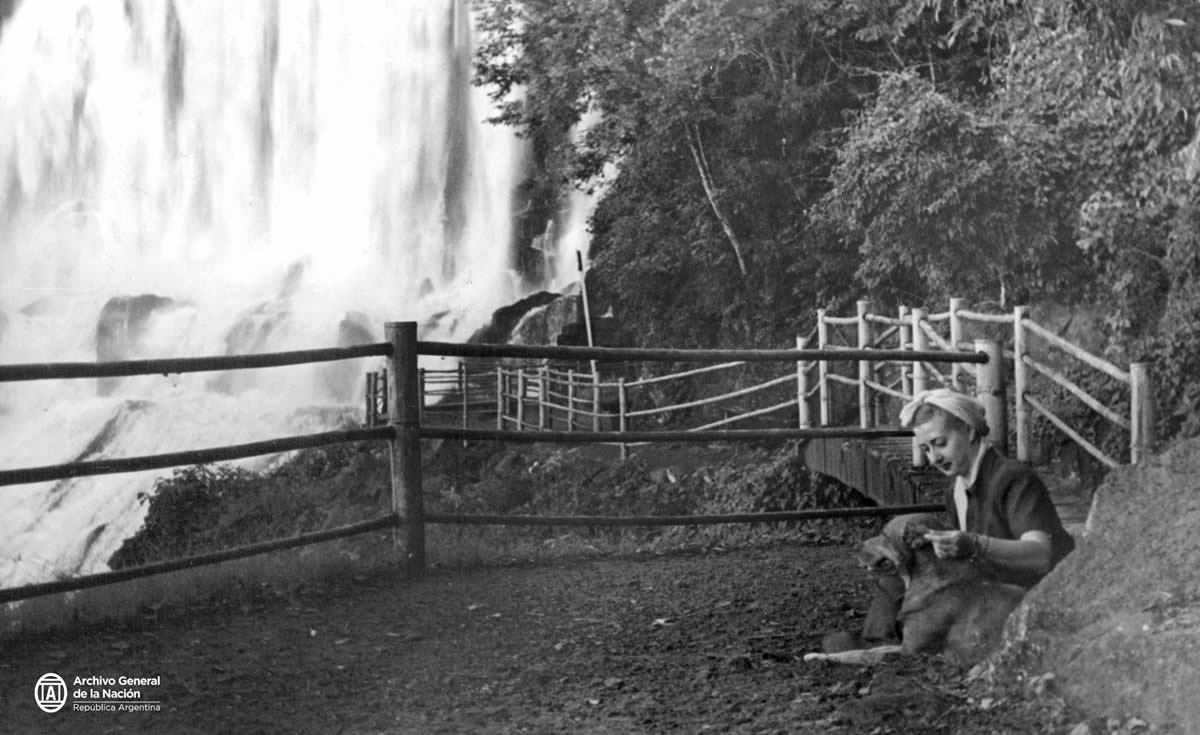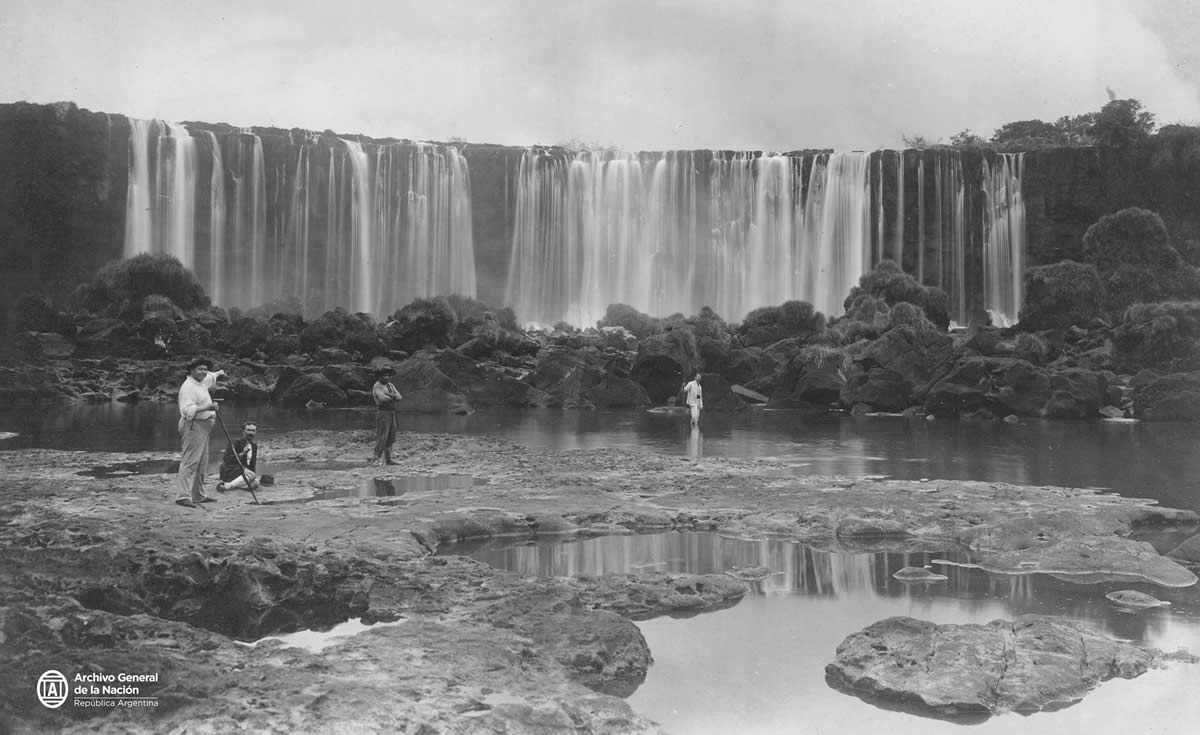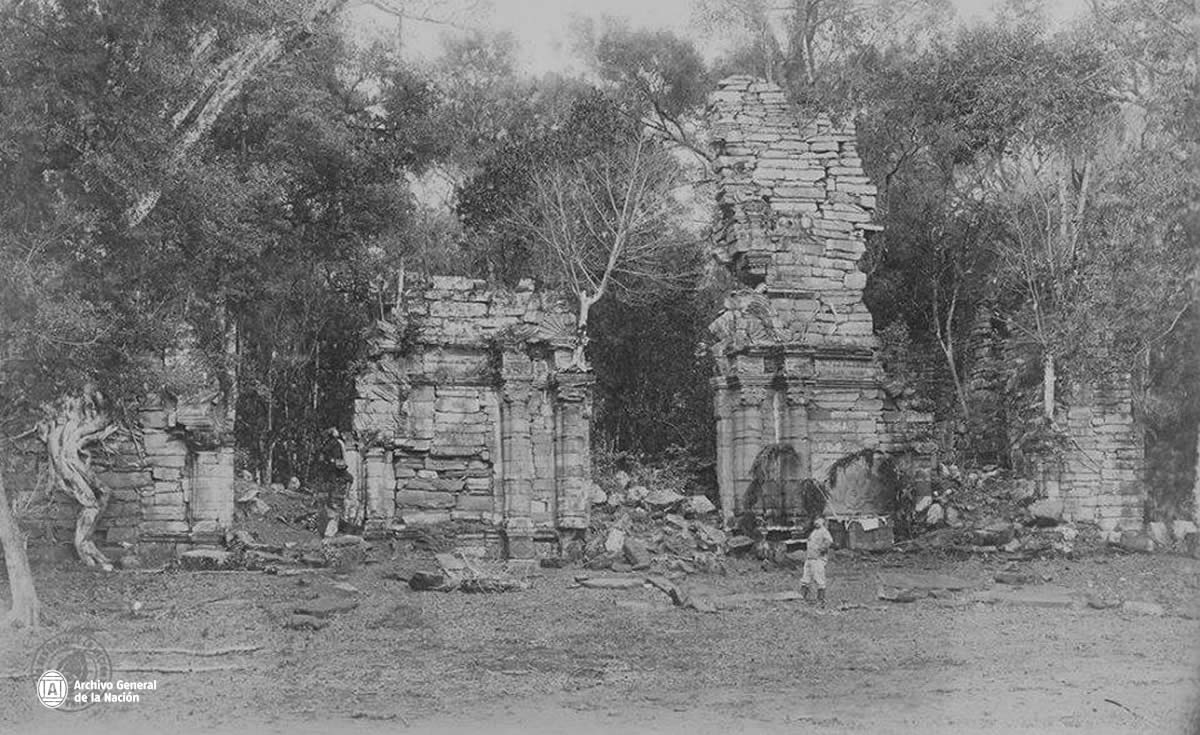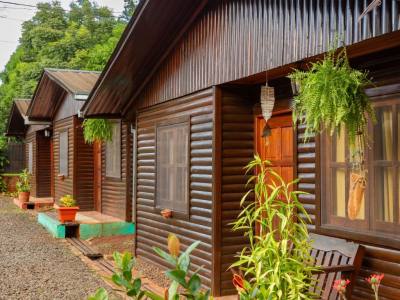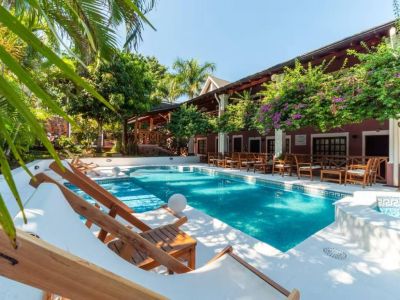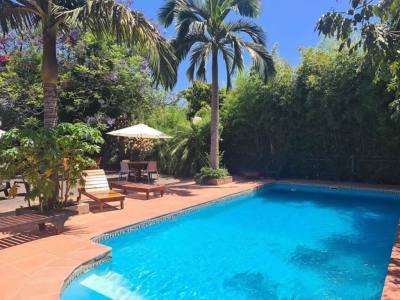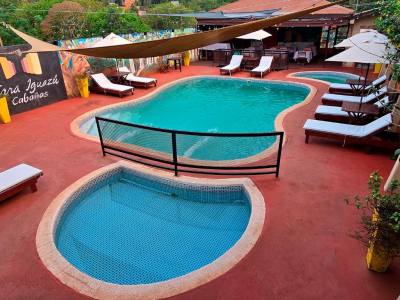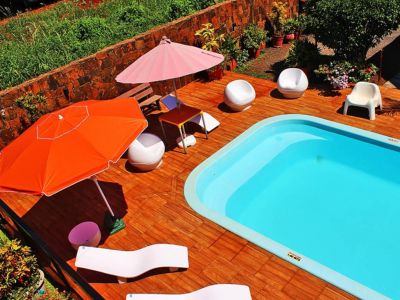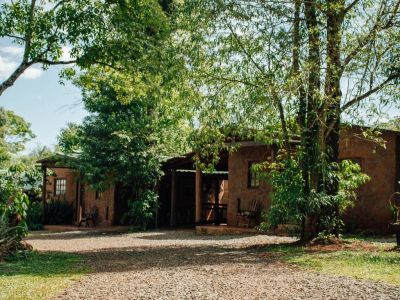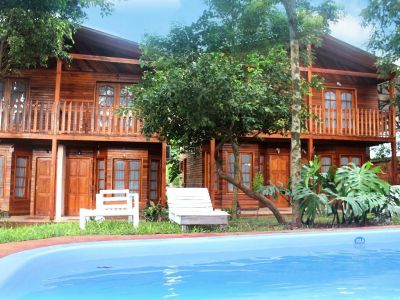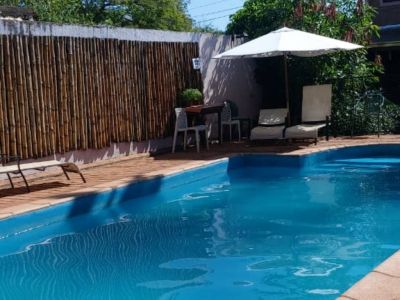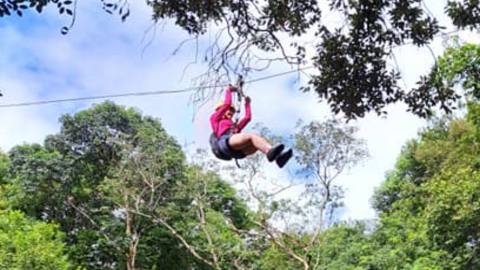The Iguazu falls are located on the river of the same name and are shared by Argentina and Brazil. The name of the river comes from the guarani yguazú, "and", which means "water" and "guasu", which means "big", that is, "big water".
The Iguazu River originates in the Serra do Mar mountain range in Brazil and runs serenely until you reach the jumps that make up the Iguazu Falls and become furious and shuddering and then return to the calm and reach its mouth in the Paraná River , where the three borders of Argentina, Brazil and Paraguay are located.
Your discoverer
We know that the first European to record the existence of the falls was Alvaro Núñez Cabeza de Vaca in 1542. The explorer had been suffering avatars and sadness, many of his friends were swallowed by the sea or died of cold and starvation. They called him Alvaro the Milagrero because he was resurrecting people with his prayers as he crossed the America of the Indigenous. Galeano thus recounts the discovery in his book Memory of Fire: "Giant butterflies swirle around. Cow´s head kneels before the Iguazu Falls. The torrents, crushing, sparkling, they are pouring from the sky to wash the blood of all the fallen and redeem all the deserts, streams that unleash vapors and rainbows and rip jungles from the bottom of the dry earth." Majestic and beautiful.
History
The evangelizing process of the Society of Jesus began in 1609 and the system of reductions was distributed in a large region of southern Brazil, Paraguay and the provinces of Misiones and Corrientes. The indigenous people who populated the area were of the Mbyá-Guarani ethnic group, who lived in harmony with the evangelizers. In 1768 the Jesuits were expelled and the region that was beginning to be explored was forgotten.
One of his founding changes occurred in 1881, when Corrientes (before the federalization of Misiones) sold 50 leagues of land over the Paraná, Iguazu and Uruguay rivers to private entrepreneurs. In 1882 a German scientific expedition studied the region in search of land to colonize. One of the explorers was Carlos Bossetti (one of the jumps bears his name) and another, Jordan Hummell, who would organize the first tourist trip to the Iguazu Falls a few years later, but from the Brazilian side, given that the Argentine side was almost impossible to Penetrate.
In 1901 the governor of Misiones, Juan José Lanusse traveled to Buenos Aires to promote the destination and interest some companies. The same year the first excursion reached falls, and among its passengers was victoria Aguirre Anchorena. The painter and art collector would be one of the protecting people of the future tourist destination and the route that would link Puerto Iguazu with the Iguazu Falls.
The following year, landscape architect Carlos Thays arrives at the falls with a mission of the Ministry of the Interior to organize the first national park project in the country that would safeguard the beauty and exuberance of the falls and the missionary jungle. With this plan of articulated ordering, the Iguazu National Park was created in 1934, an area of preservation of the falls declared a World Heritage Site in 1984 by Unesco. In 2011 the Iguazu Falls entered the list of the new Seven Natural Wonders of the World.
Missionary Jungle
Undoubtedly, the missionary forest is the domain of rainforests and wet forests. It is one of the most biodiverse ecoregions on the planet. Within the promenade of the falls, contact with nature is reached very intimately, so the experience of observing fauna and flora is one of the most incredible attachments you can expect.
The most attractive plants are ambay, with large and palmed leaves; the guembé, one of the giants of the jungle; the goatee beard, of showy flowers and feathery foliage; the cupay, a tree of yellow flowers in clusters; tacuaruzú rods, similar to those of bamboo; the timbó, imposing tree with fruits in the shape of ears; palm trees painted, home to buoyers.
The park is habitat for numerous animals such as toucans, anteaters, eagles, herons, swifts, hummingbirds, surucuas, martinor, butterflies, coatíes, monkeys fallen. It is also a refuge for some endangered animals, such as yaguareté, tapir, ocelot, yacaré overo, anteater, melero bear. On the catwalks of the falls it is possible to find specimens of coatíes, toucans and lizards.
The Devil´s Gorge tour is one of the favorites among visitors and, on the other hand, those who experienced the full moon walks agree that there is no most sublime spectacle in the world. Undoubtedly, the Iguazu River and its surroundings make the destination of Misiones one of the favorites.
Miriam Coronel
Welcomeargentina
